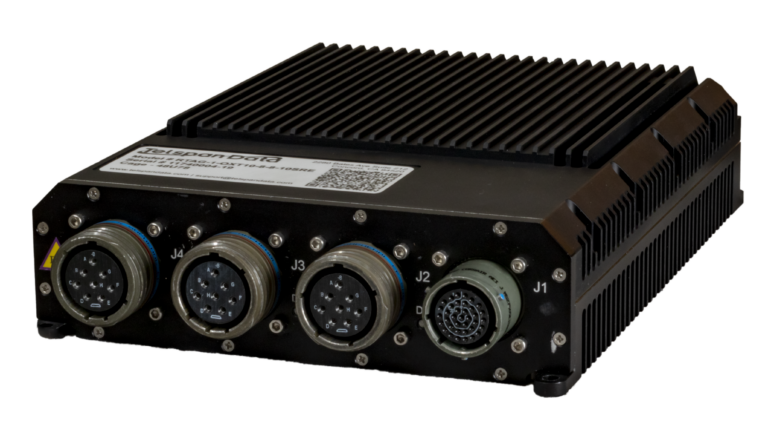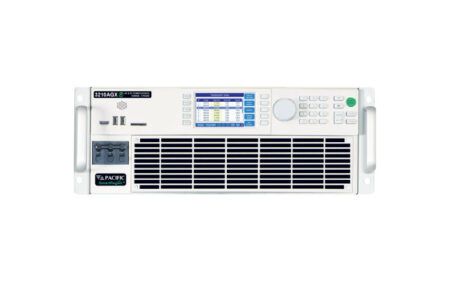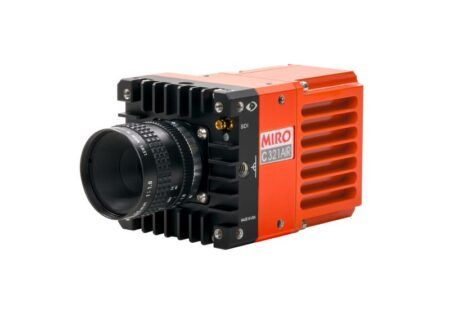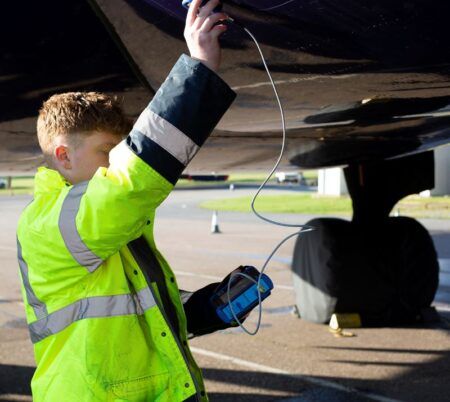The latest remote traffic analysis point and aggregation gateway offers more flexibility
in test topology architecture.
The recording of high-speed data sources takes on many forms at Telspan Data. The Modular Instrumentation Traffic analysis point Recorder for instance, which is also known as the MITR, is the all-in-one box that many instrumentation engineers have come to rely on. MITR provides high-speed processing, a massive storage capacity plus the ability to “tap” fiber optic and copper data busses for recording, UDP broadcast and PCM encoding.
However, there can be installation challenges when the traffic analysis points (TAPs) of interest outnumber the available inputs, or even with simply routing / installing of the TAPs to a centrally installed MITR, typically found in large and complex Flight Test Instrumentation (FTI) systems. The newly designed Remote TAP and Aggregation Gateway (RTAG) provides the capability to TAP / transmit close to those points of interest and offers significantly more flexibility in the test topology architecture. RTAG greatly simplifies the interconnection of data sources like distributed LRUs, displays and/or external stores to the primary data recorder.
RTAG can increase the number of data streams per transmit channel with programmable aggregation. The receive side of each TAPs can either be passed-through one-to-one to the transmit outputs, can be aggregated from multiple TAPs to one or more transmit outputs as programmed by
the user or filtered before the transmit outputs and PCM encoding. Figures 1 and 2 detail the RTAG in breakout / monitor and aggregation modes.
As an extension of the MITR, RTAG shares most of the design, logic and firmware with the MITR’s TAP and Interface Module (TIM). The RTAG provides multiple TAPs for optical and copper links in many formats, including Ethernet, fiber channel, ARINC 818 & IEEE-1394/AS5643. The RTAG is available in several different configurations: A 1G optical (Ethernet and fiber channel) with eight channels of Tx / Rx TAPs and eight channels Tx outputs, a mixed 1G copper and 1G Optical (fiber channel) with four channels Tx / Rx TAPs and four channels Tx outputs and a 10G optical (Ethernet) with 8 channels Tx / Rx TAPs and eight channel Tx outputs.
By adding complementary capabilities across the product line, Telspan Data continues to pave the way for the
multi-disciplined architecture by not limiting every box to a single purpose. RTAG provides the flight-test engineer the capability to maximize the use of limited high-speed recording channels, provide remote
filtering / PCM encoding for telemetry and minimizes instrumentation cable runs from full-duplex Rx / Tx TAPs to single Tx outputs to recording resources.
This article was supplied by Telspan Data





